Akris’ architecturally inspired Ai bag is an enduring shape-shifter
Fourteen years since its debut, Akris’ three-in-one tote remains a classic as it is reimagined for A/W 2024
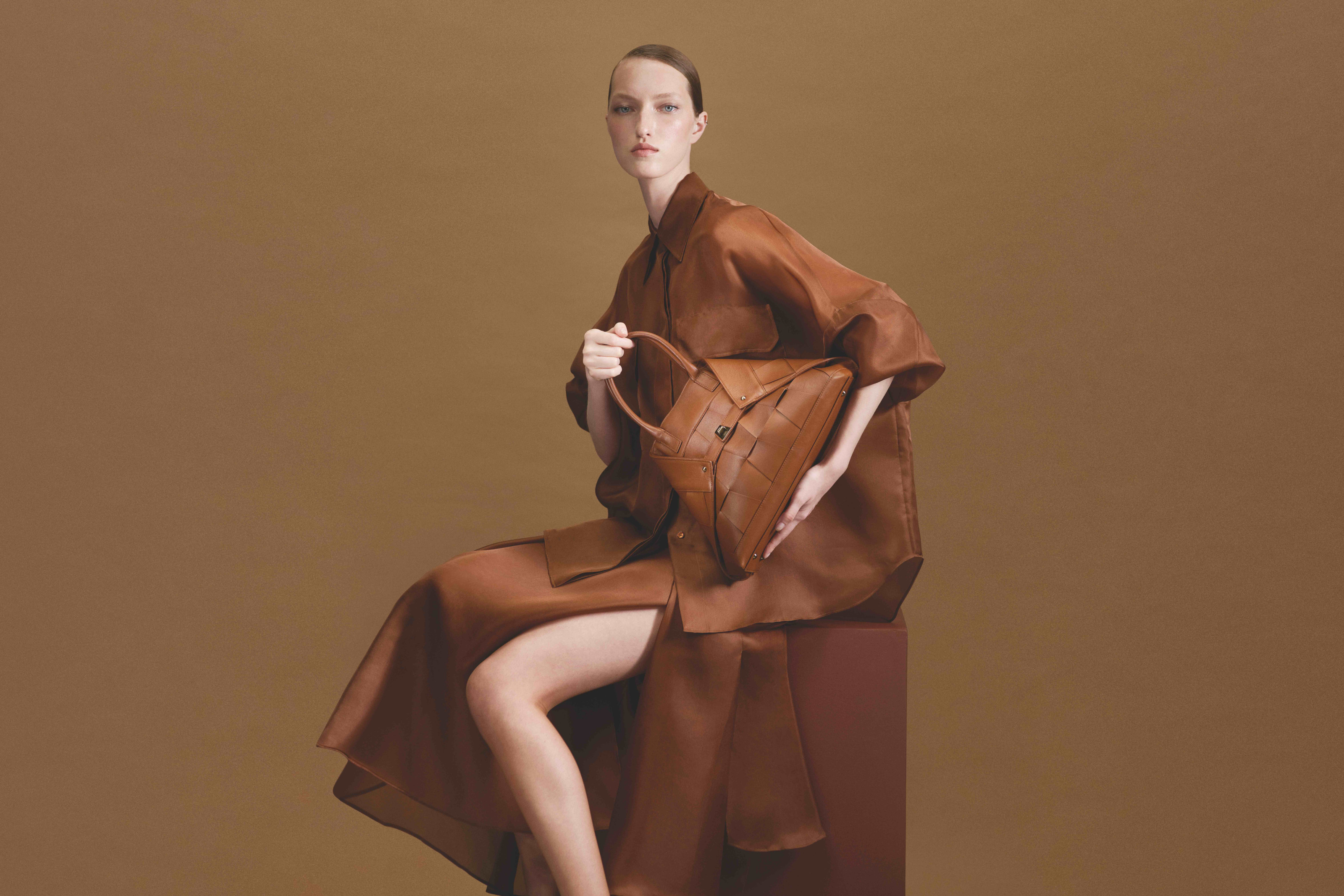
In partnership with Akris
Architecture provided the original inspiration for the Akris Ai bag, its distinctive trapezoidal design – seen here as part of the brand’s A/W 2024 collection – remaining a staple of the Swiss fashion house, season after season, some 14 years after its debut.
Akris’ creative director Albert Kriemler was visiting the abandoned Jinhua Architecture Park in China, curated by artist Ai Weiwei when the idea for the bag was first conceived. Among its 17 pavilions, including designs by Herzog & de Meuron and Fernando Romero, Kriemler was struck by a remarkable building conceived by Mexican architect Tatiana Bilbao.
Her works merge geometry and nature, and to Kriemler, her suspended, trapezoidal structure seemed to echo the ‘A’ in Akris. The experience was something of an epiphany for Kriemler – whose grandmother Alice Kriemler-Schoch had founded in Akris back in 1922 – and led to the geometric form of the Ai bag, the label’s first handbag, launched in 2010.

While it is now offered in leather, wool, cotton, shearling and neoprene, the original Ai bag was crafted in a material first deployed by 18th-century furniture makers, such as Chippendale, and one that remains Kriemler’s favourite. ‘Horsehair was an unexpected fabric in luxury accessories when I chose it for the first Ai bag,’ he says. ‘It is a historical material but its properties make it look like it could have been designed for just now. Horsehair is perfect for travel. It is lighter and more resilient than leather. The colours get more interesting with time and use. And it is so rare. To me, horsehair represents a new era of handbag refinement.’
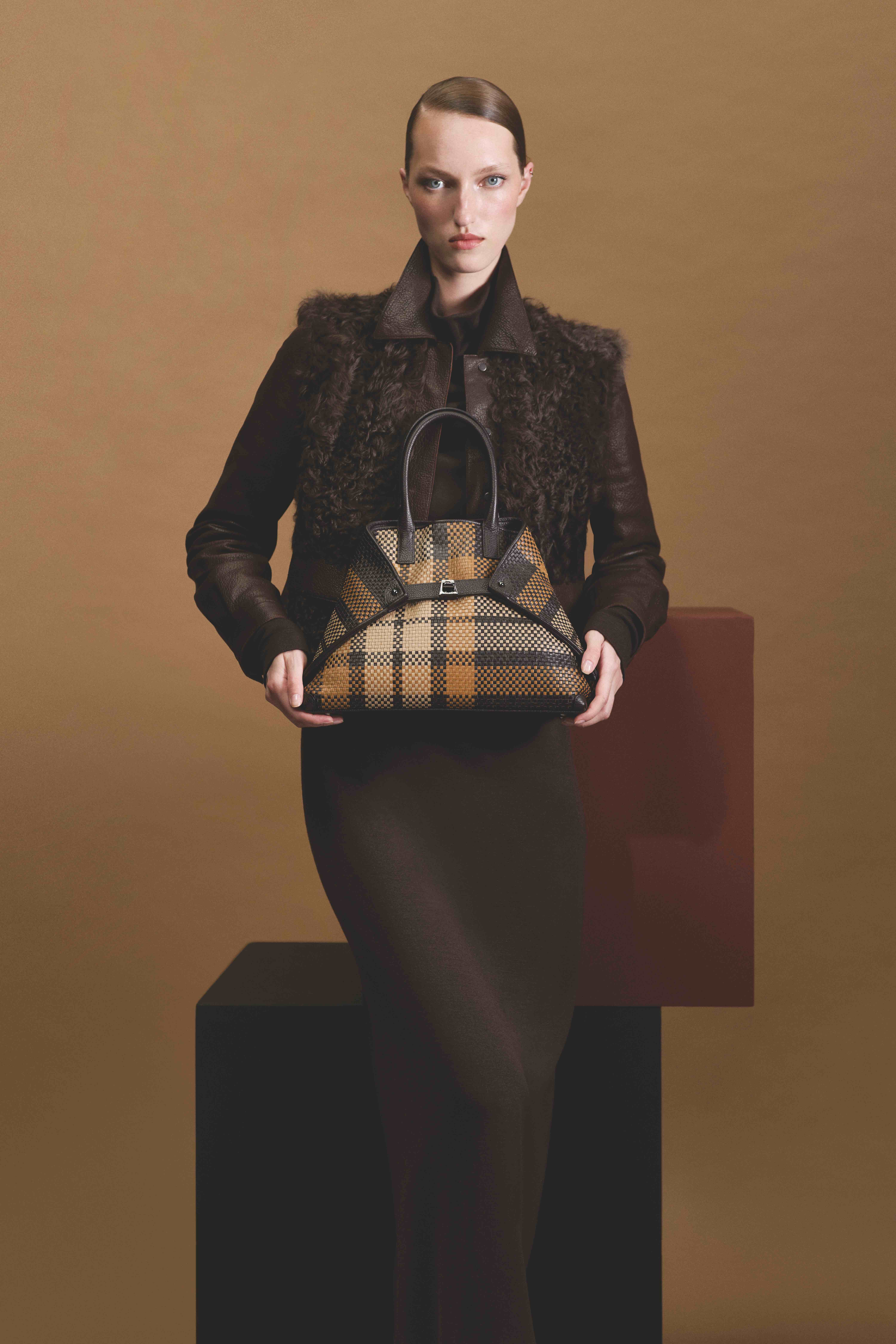
Kriemler’s collections, from bags to clothing, are characterised by this architectural approach. He embraces colour, fabric and simplicity, driven by the contrast of subtlety and strength. ‘I am convinced that in today’s complex world, it’s all about designing fashion that appears simple at first glance,’ he says. ‘The potential for creativity and zeitgeist lies in a natural, real approach. But creation acquires meaning and relevance when it also fulfils a function.’
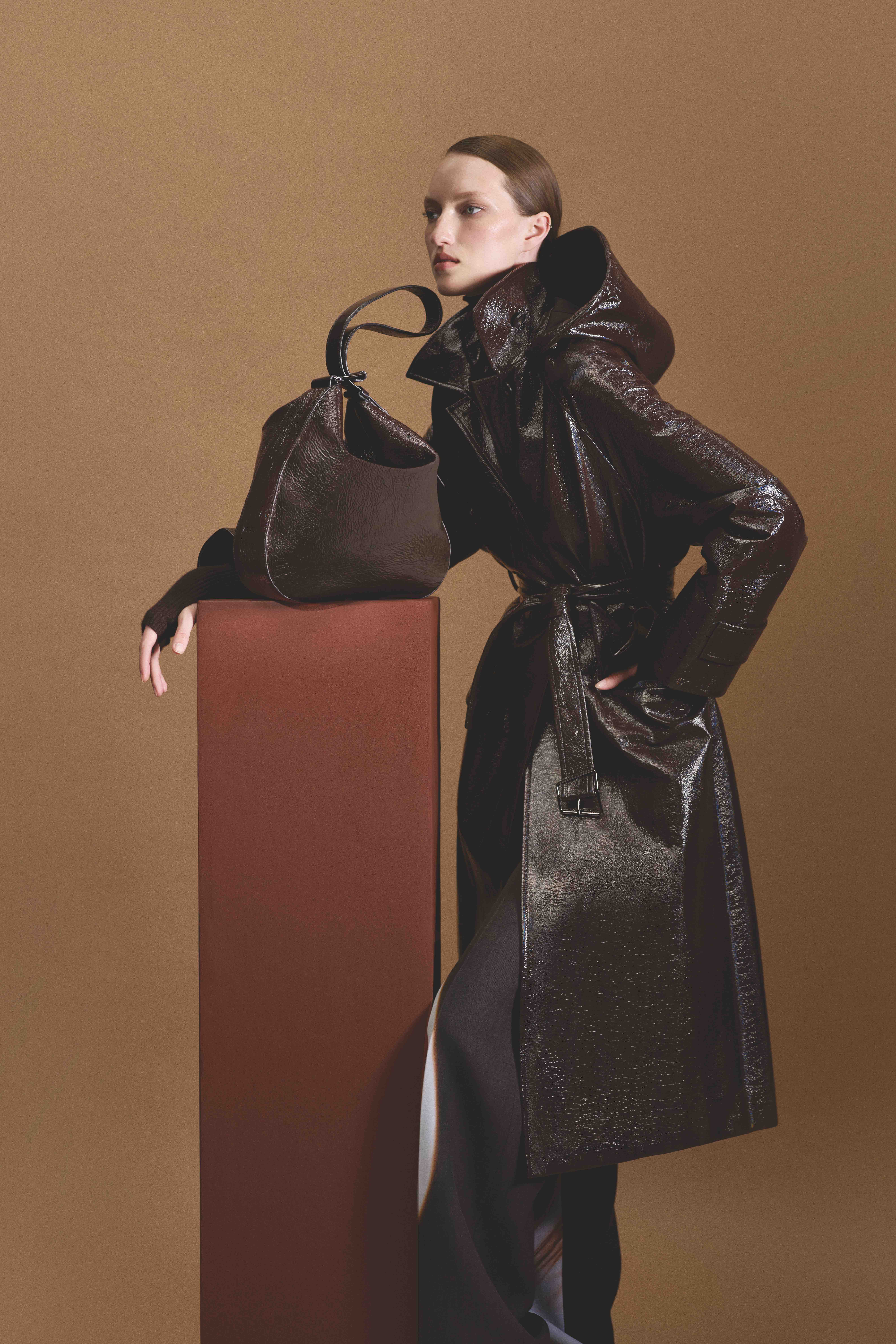
For A/W 2024, Akris has embraced ideas of multifunctionality and transformation: a hybrid coat can also be a gilet or a jacket; a trench becomes a dress and a skirt. Volume-shifting silhouettes are sharply tailored and elongated. Textured cashmere knits are sumptuous to the touch. Fabrics span from practical cotton gabardine to weightless organza and lacquered leather and lace. Dark colours dominate the palette, occasionally shot through with lighter tones of ambra, magenta, peridot, and pure ecru for a warm sensuality.
Wallpaper* Newsletter
Receive our daily digest of inspiration, escapism and design stories from around the world direct to your inbox.
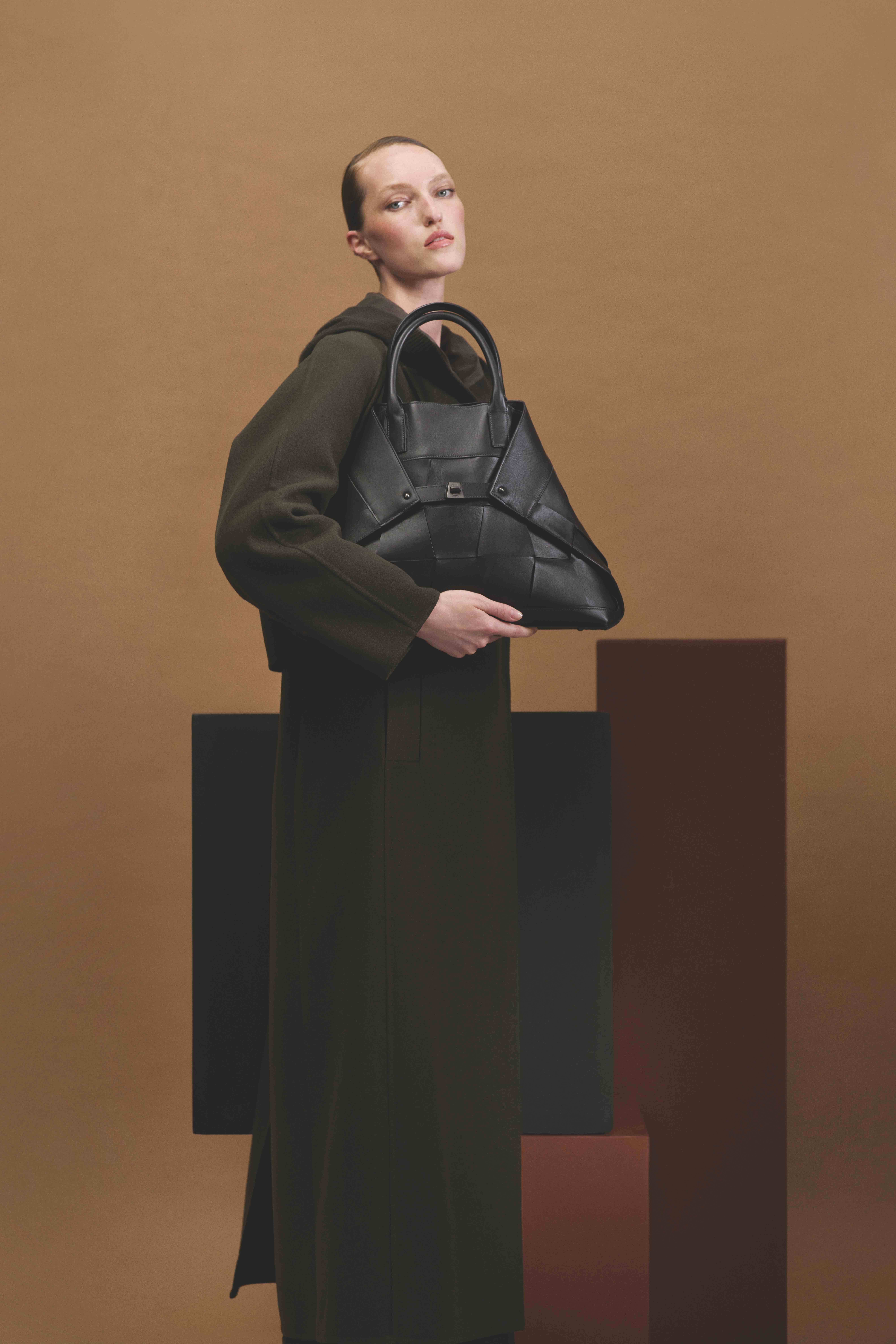
The same spectrum also pertains to the Ai handbag collection. Its enduring silhouette provides a foundation for further development, and also allows for its multifunctional capabilities. All Ai handbags are adaptable to offer three convertible looks: the signature look with turn lock; the pure trapezoidal tote (corners folded inside the bag); and the classic shopper.
No need for branding or labels – the shape of the bag and its similarly trapezoidal Akris clasp offer enduring distinction.
-
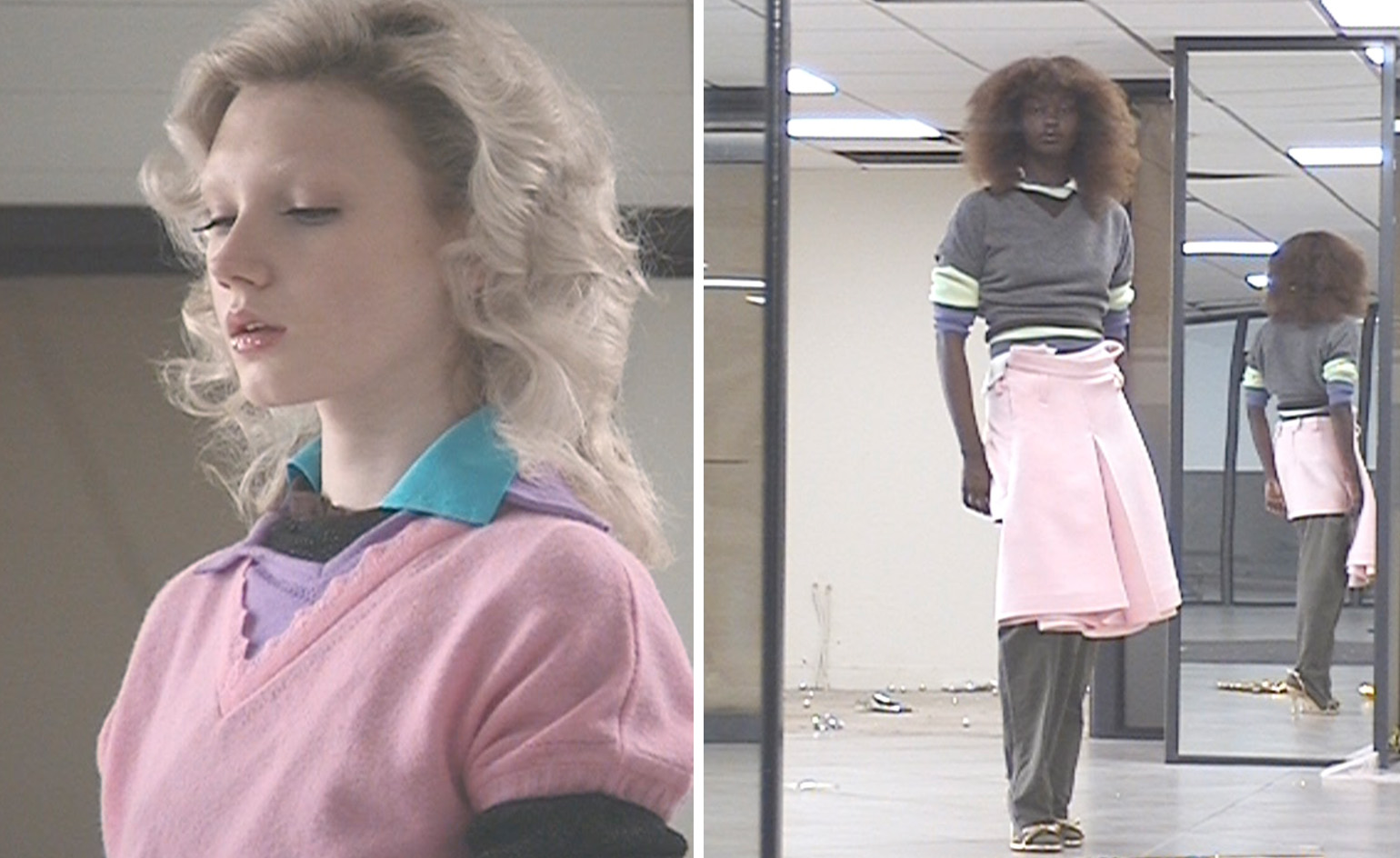 All-In is the Paris-based label making full-force fashion for main character dressing
All-In is the Paris-based label making full-force fashion for main character dressingPart of our monthly Uprising series, Wallpaper* meets Benjamin Barron and Bror August Vestbø of All-In, the LVMH Prize-nominated label which bases its collections on a riotous cast of characters – real and imagined
By Orla Brennan
-
 Maserati joins forces with Giorgetti for a turbo-charged relationship
Maserati joins forces with Giorgetti for a turbo-charged relationshipAnnouncing their marriage during Milan Design Week, the brands unveiled a collection, a car and a long term commitment
By Hugo Macdonald
-
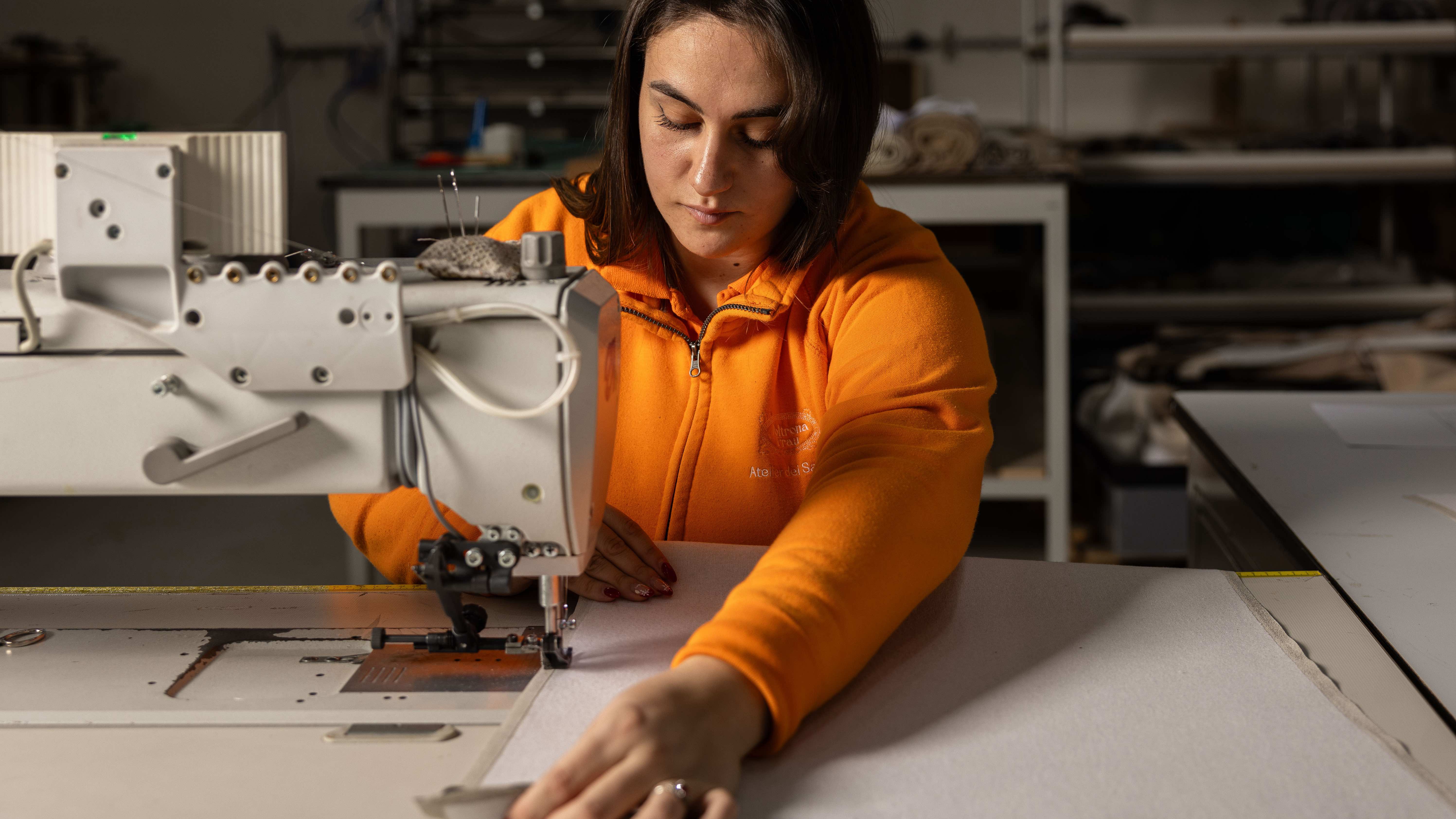 Through an innovative new training program, Poltrona Frau aims to safeguard Italian craft
Through an innovative new training program, Poltrona Frau aims to safeguard Italian craftThe heritage furniture manufacturer is training a new generation of leather artisans
By Cristina Kiran Piotti
-
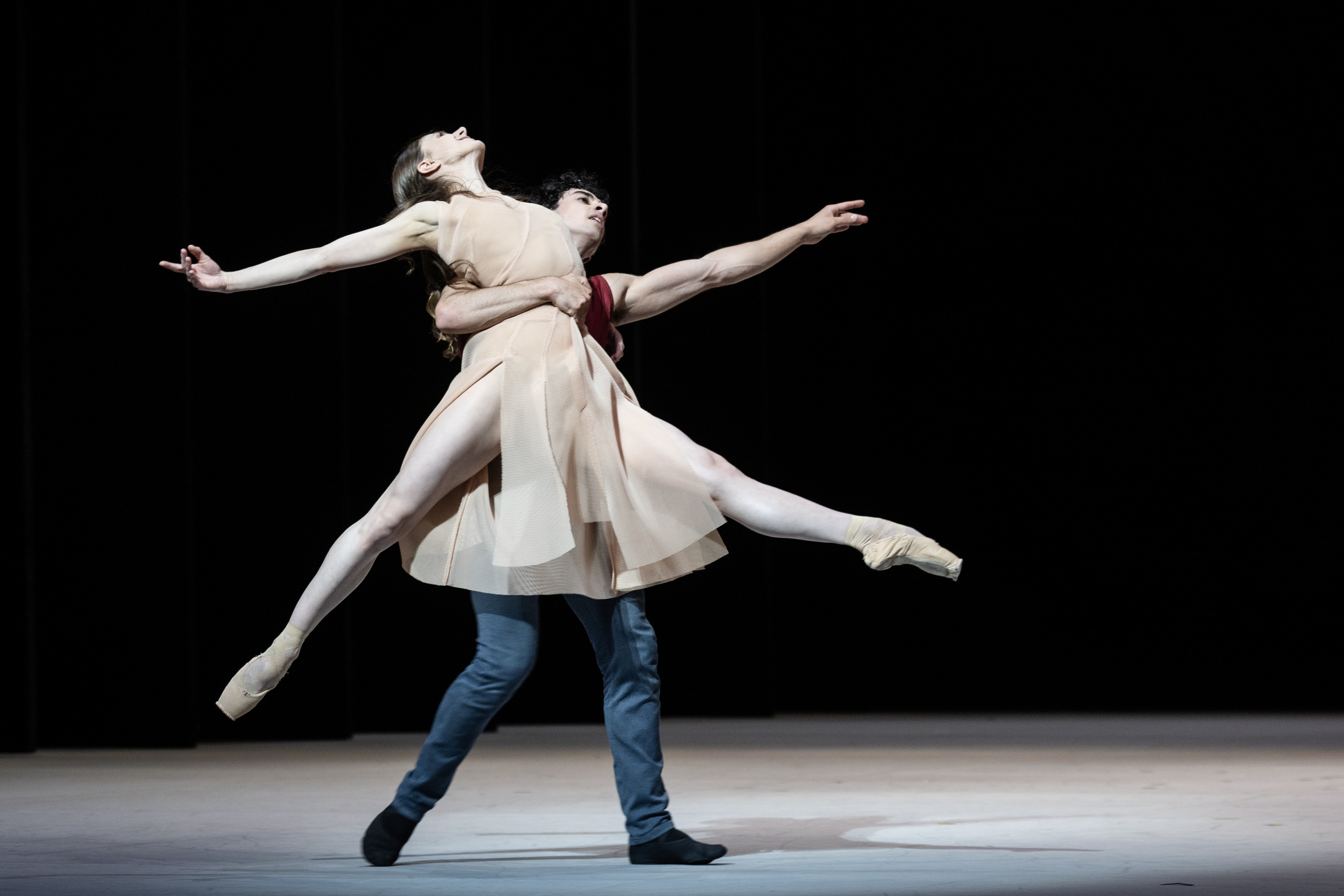 ‘Constant dialogue and lively exchange’: Akris’ Albert Kriemler on two decades of collaboration with choreographer John Neumeier
‘Constant dialogue and lively exchange’: Akris’ Albert Kriemler on two decades of collaboration with choreographer John NeumeierAkris’ Albert Kriemler has collaborated with John Neumeier on the costumes for ’Epilogue’, the choreographer’s final ballet as artistic director of Hamburg Ballet. Here, Kriemler tells Wallpaper* about their enduring creative partnership
By Jack Moss
-
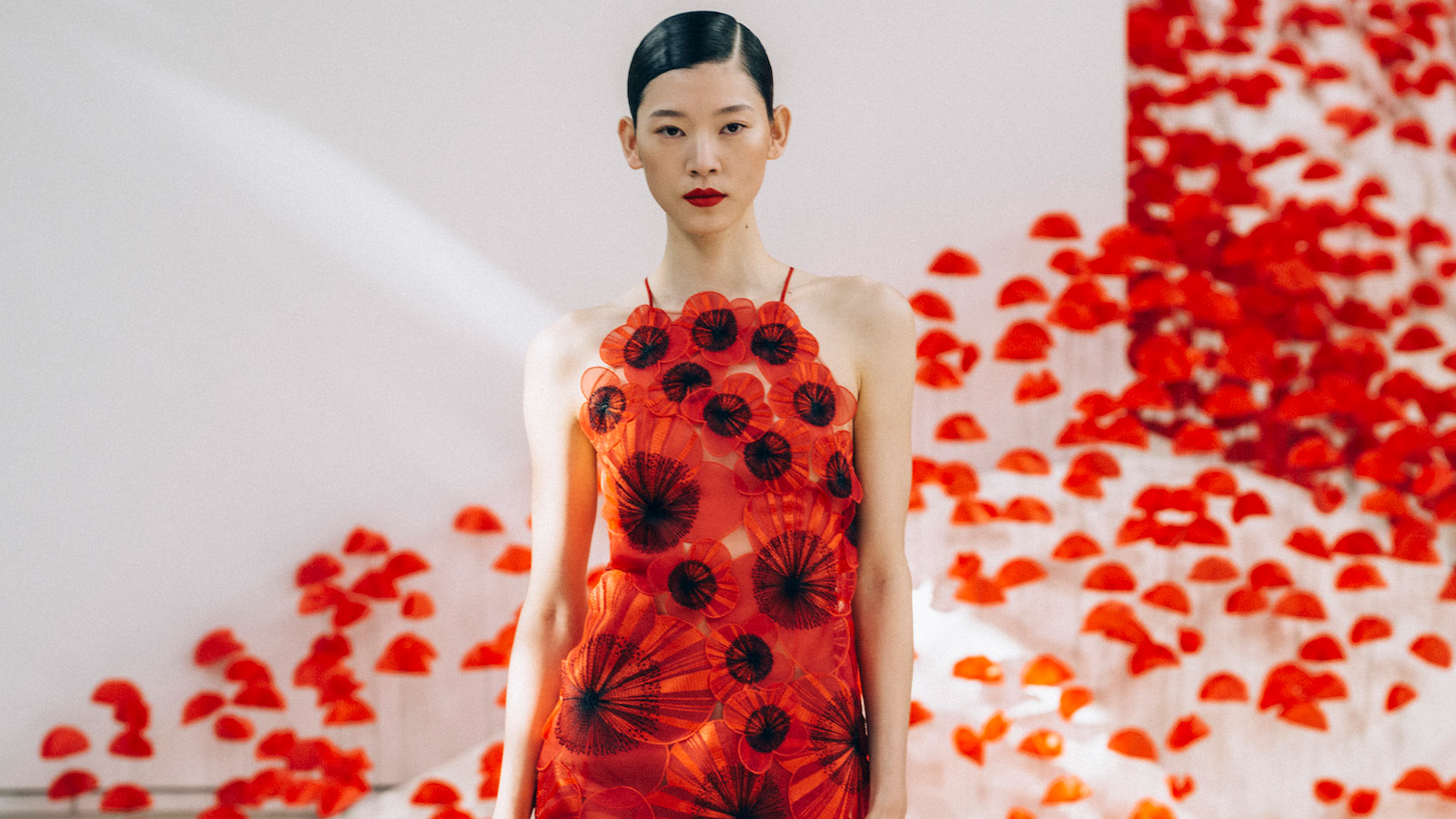 Akris Spring 2024 is a vivid tribute to a textile design legend
Akris Spring 2024 is a vivid tribute to a textile design legendTextile designer Felice ‘Lizzi’ Rix-Ueno inspires Akris’ Spring 2024 collection, which is alive with botanical references
By Simon Mills
-
 Akris’ century-old roots in St Gallen, Switzerland, are explored in new textile exhibition
Akris’ century-old roots in St Gallen, Switzerland, are explored in new textile exhibition‘Akris: St Gallen, selbstverständlich’ at Textile Museum St Gallen explores the Swiss fashion house’s history of craft, backdropped by its home city’s links with fabric production and embroidery
By Jack Moss
-
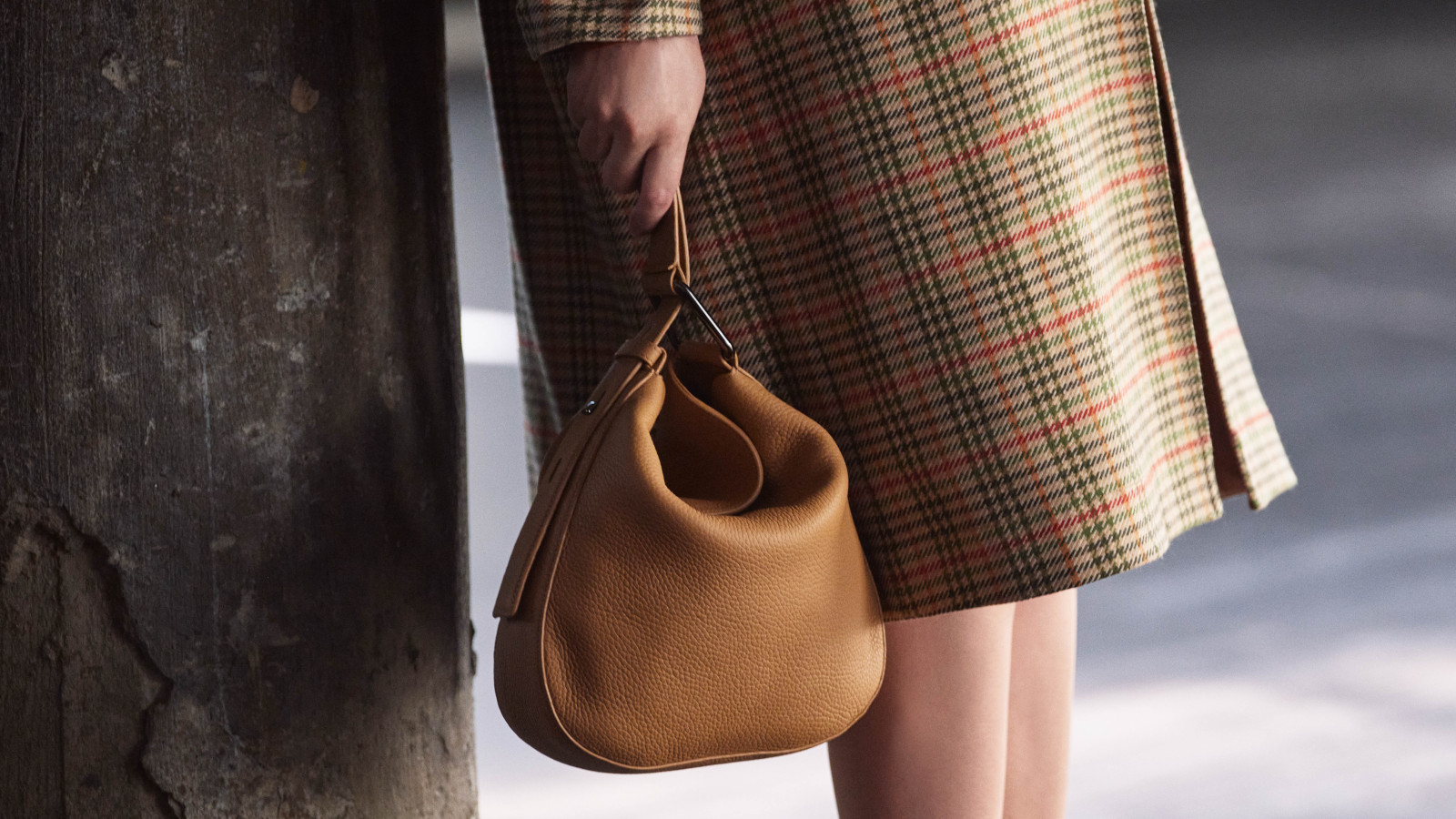 Akris rethinks the hobo bag
Akris rethinks the hobo bagAkris’ ‘Anna Hobo’ bag adds architectural detail to a slouchy, soft-leather classic
By Simon Mills
-
 Akris at 100: how the Swiss house is celebrating a century in fashion
Akris at 100: how the Swiss house is celebrating a century in fashionBy Jack Moss
-
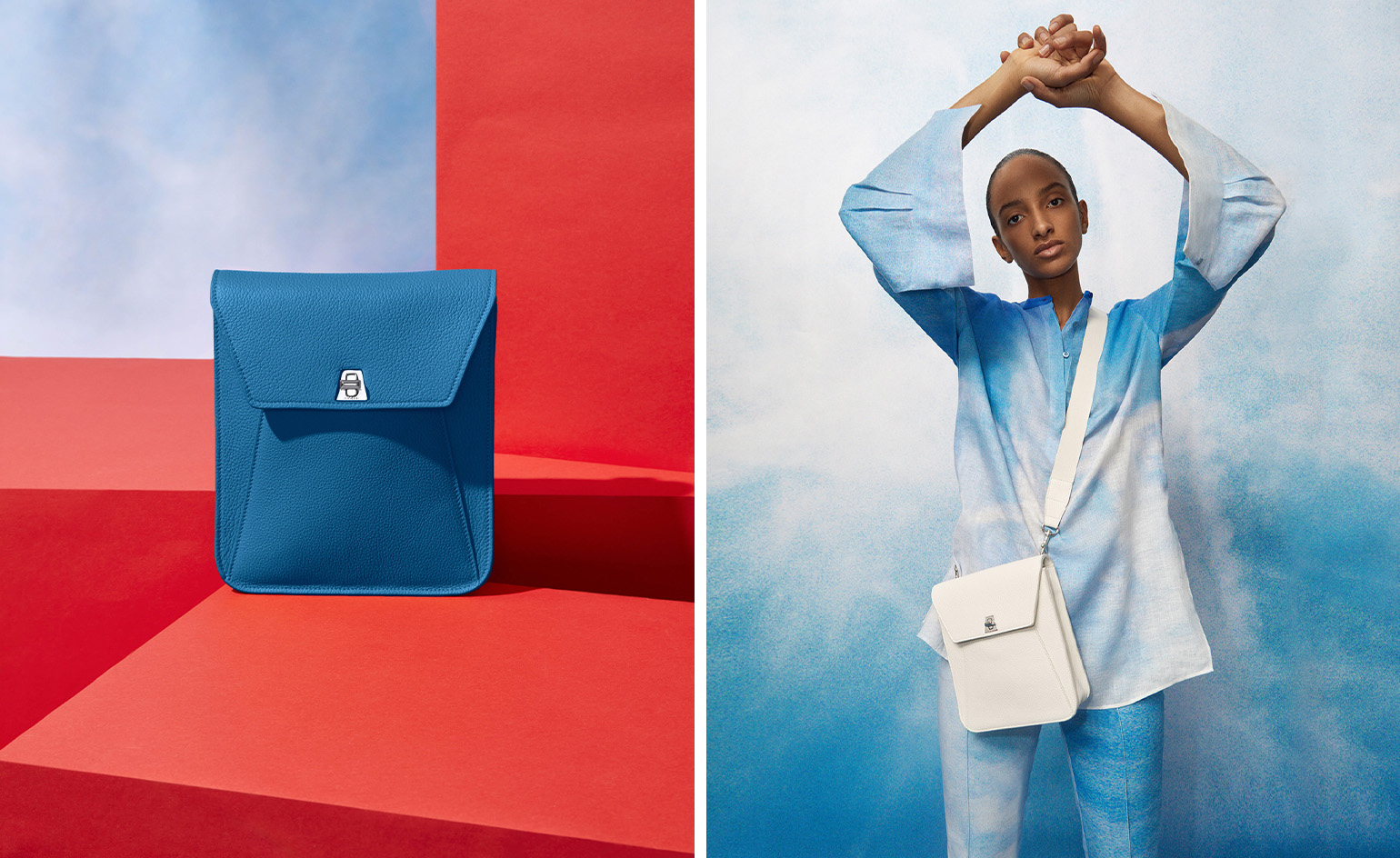 Akris’ latest bag communicates aesthetics through function
Akris’ latest bag communicates aesthetics through functionDesigned by Akris creative director Albert Kriemler, the new ‘Anouk Messenger’ adds to his growing range of discerning, artistically-inclined handbags
By Jack Moss
-
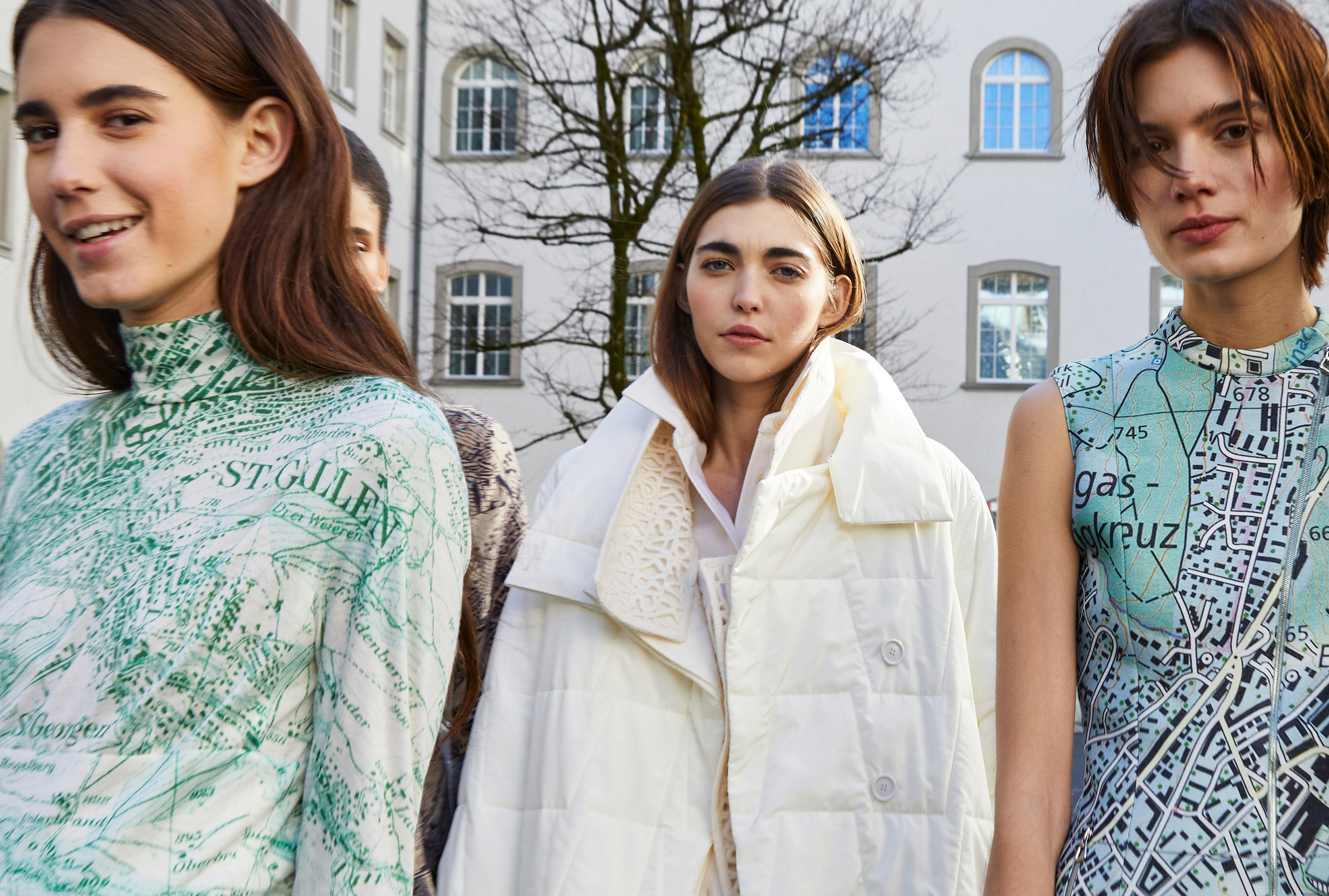 Akris’ tribute to the embroidery city of St. Gallen
Akris’ tribute to the embroidery city of St. GallenCreative director Albert Kriemler on Akris’ Fall/Winter 2021 collection, which honours the heritage of its Swiss hometown
By Jack Moss
-
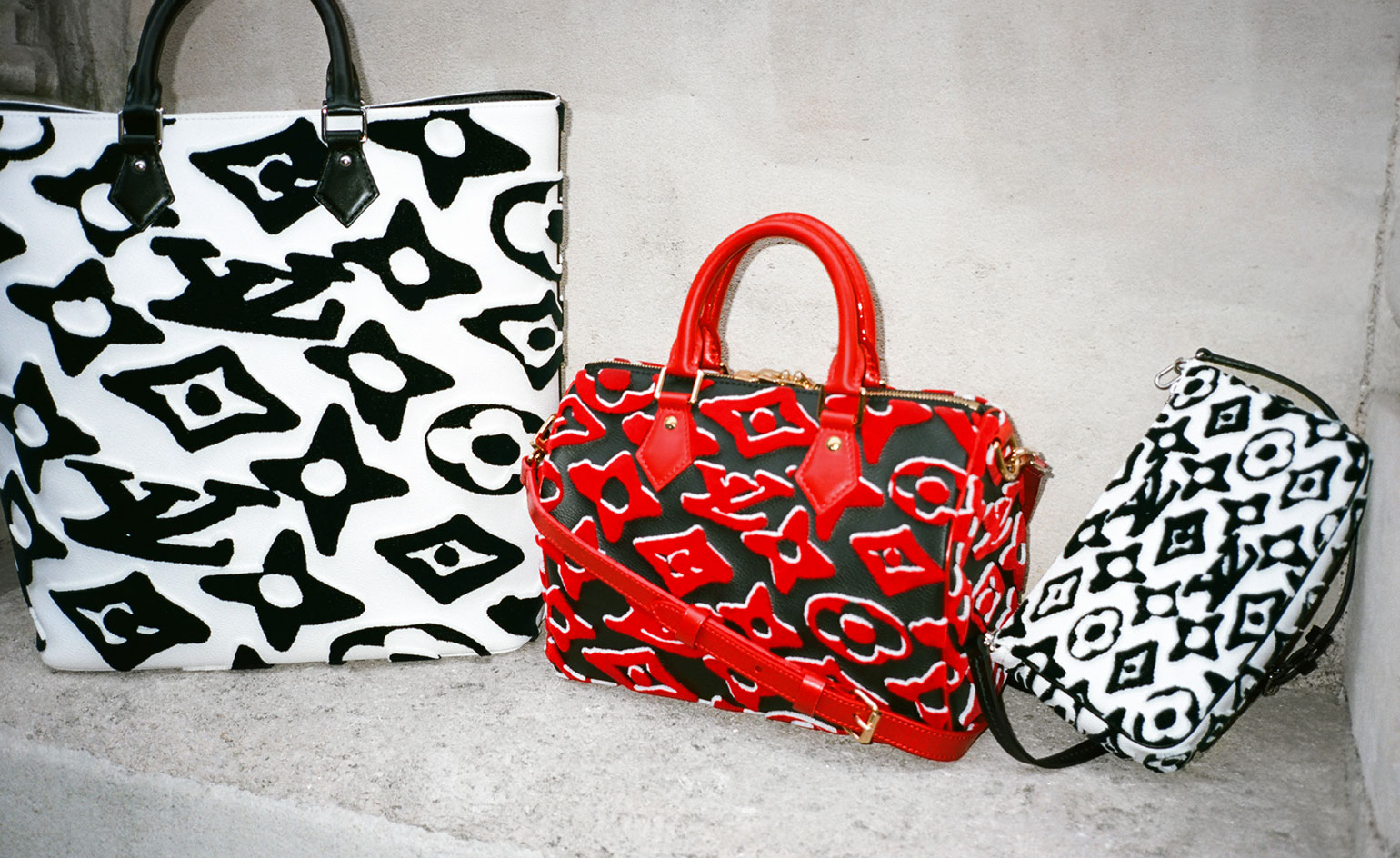 In the bag! Artist-designed accessories to covet and collect
In the bag! Artist-designed accessories to covet and collectLouis Vuitton, Dior, Fendi and Loewe and Akris present state-of-the-art accessories for exhibiting in your archive
By Laura Hawkins